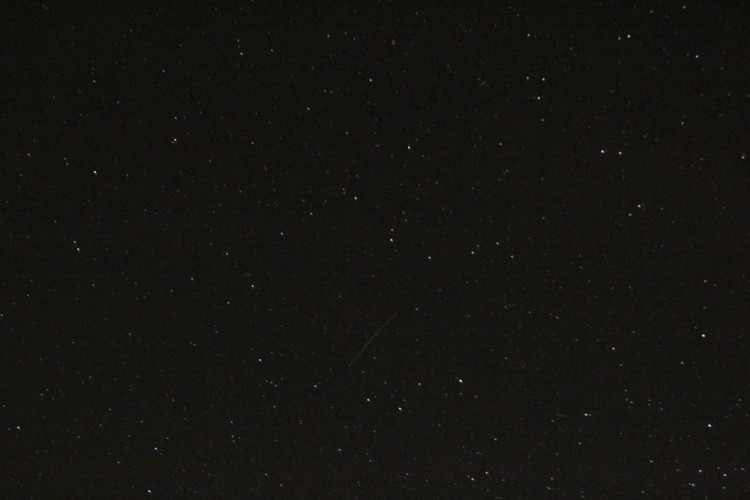The last, and some say the best, meteor display of the year will light up the sky when the Geminids arrive in full force on Dec. 13-14.
Over 50 meteors per hour are expected during the peak, which is set to happen Thursday night and early Friday morning. Some meteors will probably show up on the surrounding few nights, too.
“The Geminids are usually one of the two best meteor showers of the year,” Alan MacRobert, senior editor of Sky & Telescope magazine, said in a press release.
“They may beat out the Perseids of August.”
Geminids tend to be bright and leave persistent trails in the sky. They will be especially easy to see this year because of the new moon’s lack of light.
The Geminids are unusual because they don’t come from a comet like most meteor showers. Instead they come from an asteroid named 3200 Phaethon that orbits the Earth and leaves behind a trail of pea- and sand-sized grains.
This debris hits the Earth’s atmosphere at 22 miles per second (79,000 miles per hour) and quickly burns up, creating bright streaks in the night sky. The streaks all point back toward the meteor shower’s radiant, which is near the stars Castor and Pollux in the constellation Gemini.
Gemini will rise in the east and be high in the sky by 2 a.m., but you don’t have to know where it is to see the meteors.
“Go out late in the evening, lie back, and gaze up into the stars,” suggested Robert Naeye, editor in chief of Sky & Telescope, in the release.
“Relax, be patient, and let your eyes adapt to the dark. The best direction to watch is wherever your sky is darkest, probably straight up.”
The Epoch Times publishes in 35 countries and in 19 languages. Subscribe to our e-newsletter.






